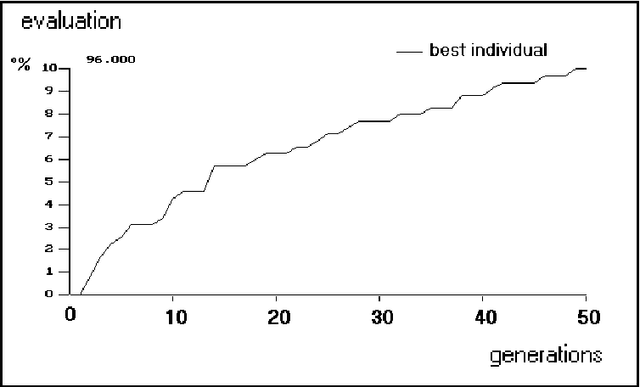Biomimetic use of genetic algorithms
Paper and Code
Aug 21, 2011



Genetic algorithms are considered as an original way to solve problems, probably because of their generality and of their "blind" nature. But GAs are also unusual since the features of many implementations (among all that could be thought of) are principally led by the biological metaphor, while efficiency measurements intervene only afterwards. We propose here to examine the relevance of these biomimetic aspects, by pointing out some fundamental similarities and divergences between GAs and the genome of living beings shaped by natural selection. One of the main differences comes from the fact that GAs rely principally on the so-called implicit parallelism, while giving to the mutation/selection mechanism the second role. Such differences could suggest new ways of employing GAs on complex problems, using complex codings and starting from nearly homogeneous populations.
 Add to Chrome
Add to Chrome Add to Firefox
Add to Firefox Add to Edge
Add to Edge